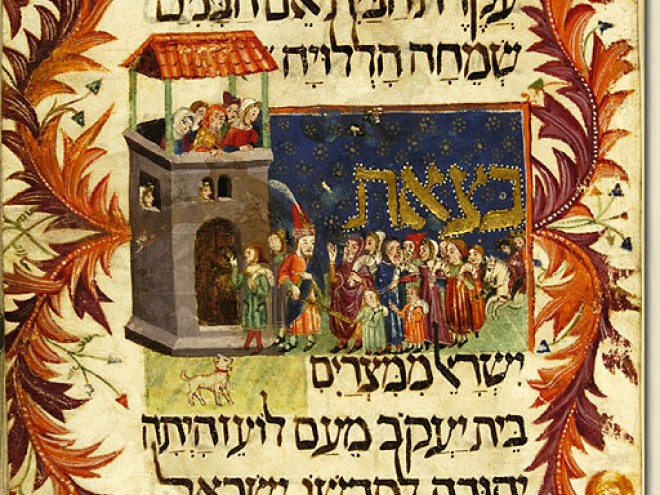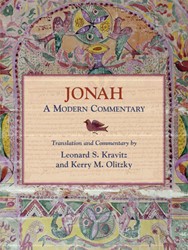We are often quick to label biblical narratives as either literal or allegorical — to be taken seriously or not to be taken seriously. After all, these texts rarely fit into the “four cubits of halacha,” the legal framework of Jewish tradition, which is often easier to define, describe, classify, and quantify. In her new book, Why Rain Comes from Above, Devora Steinmetz encourages readers to enter into the world of aggadic stories and biblical narratives, and to employ our religious imaginations.
Steinmetz argues in her introduction that it is easy for us to immerse ourselves in the latest novels, films, and TV series simply because they are fictional and not to be taken at face value. But many of us struggle to let our imaginations guide us through sacred, canonical texts that come with claims to truth, authenticity, and authority. If we dare to enter, however, we can foster a heightened awareness of both the sacred and the profane, and find new ways of thinking and feeling.
In Why Rain Comes from Above, Steinmetz explores the imaginative space created by deep engagement with close readings of Jewish texts. She does this in several essays that cover a wide range of themes and Jewish texts: she begins with the eponymous question of where rain comes from, first alluded to in the first chapter of Genesis, and then steers readers through biblical and rabbinic texts discussing Adam’s first winter. Steinmetz also writes about the founding of the Jewish nation in Egypt and explains rabbinic discourse about the nature of Amalek.
At first glance, the main themes and texts of Steinmetz’s essays do not appear to break new ground; they present topics and questions that have been widely considered by past and present scholars of Jewish texts. To each of her subjects, however, Steinmetz adds surprising and deeply meaningful intertextual connections, parallels, and contradictions. Her explanations give readers new insights into complex themes and issues within the Jewish tradition.
On every page of her book, Steinmetz displays a deep knowledge of biblical and rabbinic literature and an excellent ability to weave together sources, narratives, and themes. She does this with a focus not only on language and structure, but also on the content of her chosen texts. She carefully guides us through her analysis of plots, characters, keywords, and the values conveyed by the texts, allowing us to access a deeper understanding of how biblical and rabbinic narratives can be imagined and experienced spiritually.
This insightful and compelling book is for anyone interested in experiencing traditional Jewish texts in a new way. Readers with little or no knowledge of Hebrew will appreciate Steinmetz’s accurate and detailed renderings of Hebrew texts and her explanations about the quirks of rabbinic phraseology. Readers who are more familiar with traditional Jewish learning should be advised to have a Hebrew Bible at hand (and ideally the rabbinic texts Steinmetz cites) in order to fully appreciate her erudite analysis.
Katharina Hadassah Wendl (Klein) is a researcher in rabbinic literature at Freie Universität Berlin.





